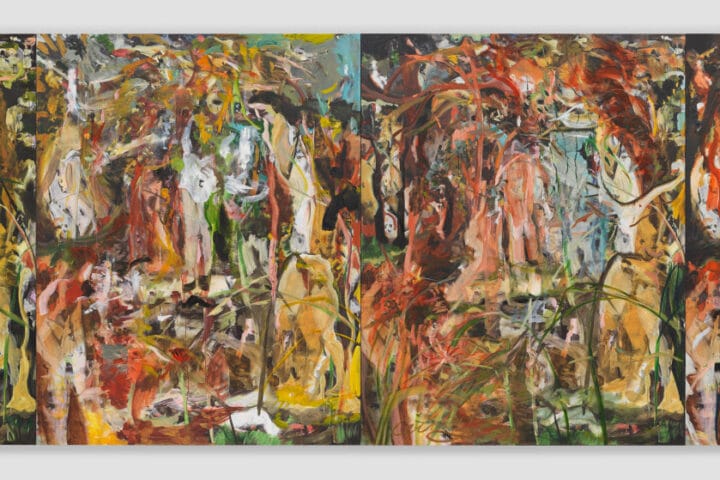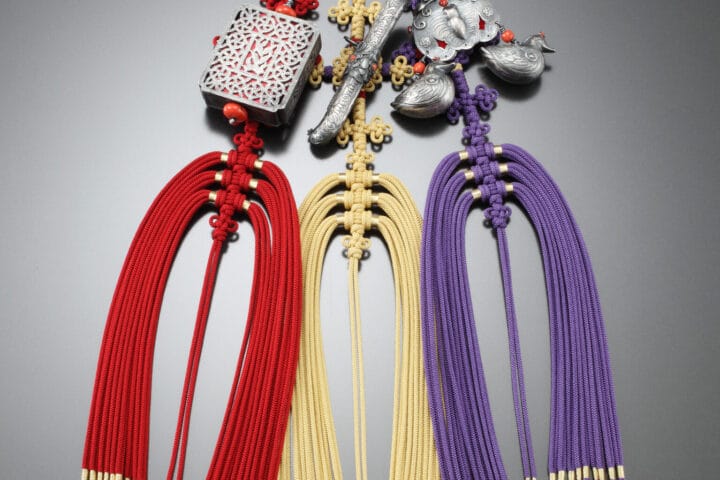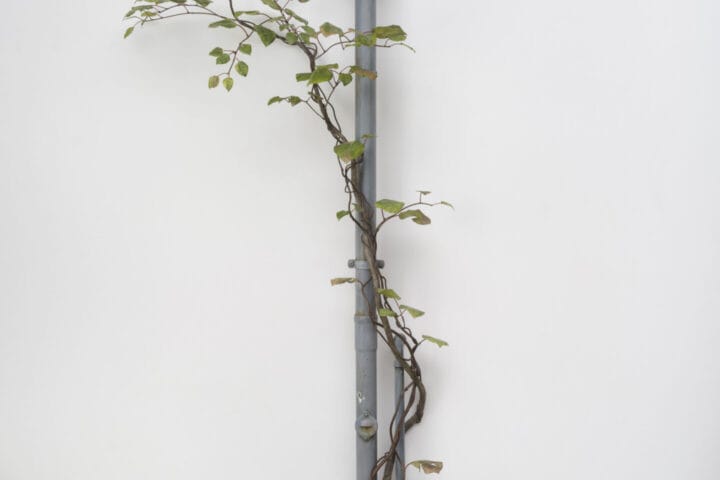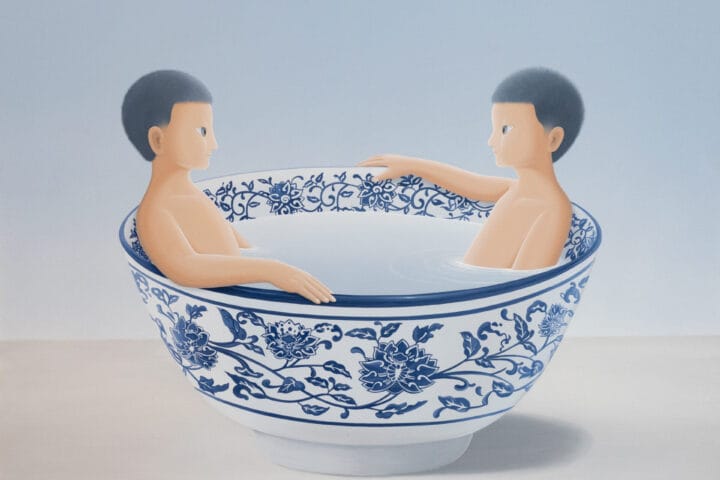Alexander Gray Associates presents an exhibition of recent and historical paintings, sculptures, and works on paper by seven Gallery artists, including Melvin Edwards, Harmony Hammond, Jennie C. Jones, Steve Locke, Lorraine O’Grady, Betty Parsons, and Ronny Quevedo.
Melvin Edwards is a pioneer in the history of contemporary African American art. Mozambique (ca. 1974)—one of the artist’s first painted sculptures—has a sinuous geometry that recalls the dynamic scalar riffs of jazz. Titled after the African country of the same name, the work emphasizes Edwards’s deep connection to southern Africa, where he has traveled frequently since the 1970s. The bright yellow, curvilinear forms of Mozambique are near-calligraphic, recalling Edwards’s characterization of all sculpture as “drawing in space,” and embodying the vibrancy and poetics of his practice.
Harmony Hammond’s recent paintings focus on materiality and the indexical, revealing deep ties to her feminist work from the 1970s while elaborating on those concerns. Double Bandaged Quilt #1 (Horizontal) (2019) continues her exploration of “material engagement,” building upon her previous series of Bandaged Grids and Chenilles. With a surface fashioned out of overlapping strips of burlap and canvas, Hammond’s Double Bandaged Quilt #1 (Horizontal) becomes a metaphorical body, a place where surface and skin meet.
Jennie C. Jones’s practice mines the spaces of distance and connection between visual and aural experience. Her minimalist paintings feature noise-absorbing materials such as architectural felt and acoustic panels as part of their compositions, visually illustrating aural experiences through innovative approaches to geometry, color, and materials. Always “active,” her work encourages viewers to anticipate sound even in the quietest of environments, underscoring the artist’s assertion that “listening is a conceptual practice all on its own.”
Across his practice, Steve Locke critically engages with the Western canon, using color, composition, and subversive conceptual frameworks to draw attention to ongoing racial violence. In his Homage to the Auction Block series (2019–present), Locke revisits Josef A. Albers’s iconic series, imbuing it with an ominous charge. Abstracting a slave auction block to its most basic geometric silhouette, the works in this series highlight the intertwined histories of modernism and race.
For more than four decades, Lorraine O’Grady has challenged cultural conventions. Her multidisciplinary practice utilizes the diptych as a tool to critique Western society. Mapping the intertwining of histories and identities through its diptych form, Miscegenated Family Album (Young Princesses), L: Nefertiti’s daughter, Ankhesenpaaten; R: Devonia’s daughter, Candace (1980/1994) pairs the artist’s niece with ancient Egyptian imagery of Nefertiti’s child. Weaving together narratives that connect personal stories with past events, O’Grady presents both families—one ancient and royal, one modern and descended from slaves—as products of shared forces of migration and hybridization.
Betty Parsons began creating abstract paintings in the 1940s. Her untitled composition from the early 1950s embodies her signature approach to abstraction, featuring free-floating biomorphic forms against a bright red monochromatic field. Deeply influenced by the natural world, Parsons employed abstraction as a tool to convey how her surroundings made her feel, capturing what she once described as the “sheer energy” of a place.
Ronny Quevedo’s practice spans installation, drawings, and prints, imbuing abstraction with cosmic and cartographic iconographies and invoking pre-Colombian referents. In composite armillary (2020), Quevedo disarticulates and abstracts the celestial latitude and longitude lines of an armillary sphere using wax and dressmakers paper. Drawing upon Jack Whitten’s “composite perspective”—wherein all visual iterations and representations of space and time exist within one plane or action—composite armillary furthers the artist’s ongoing exploration of the interrelationships between space, labor, material, and identity through the boundless potentialities of abstraction.
For a preview of the Gallery’s presentation, please click here.











